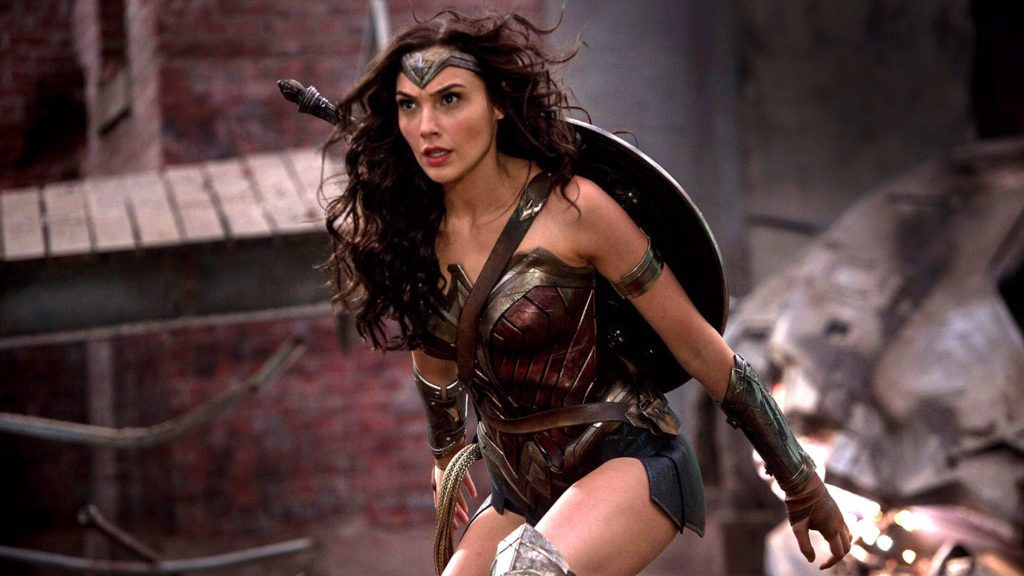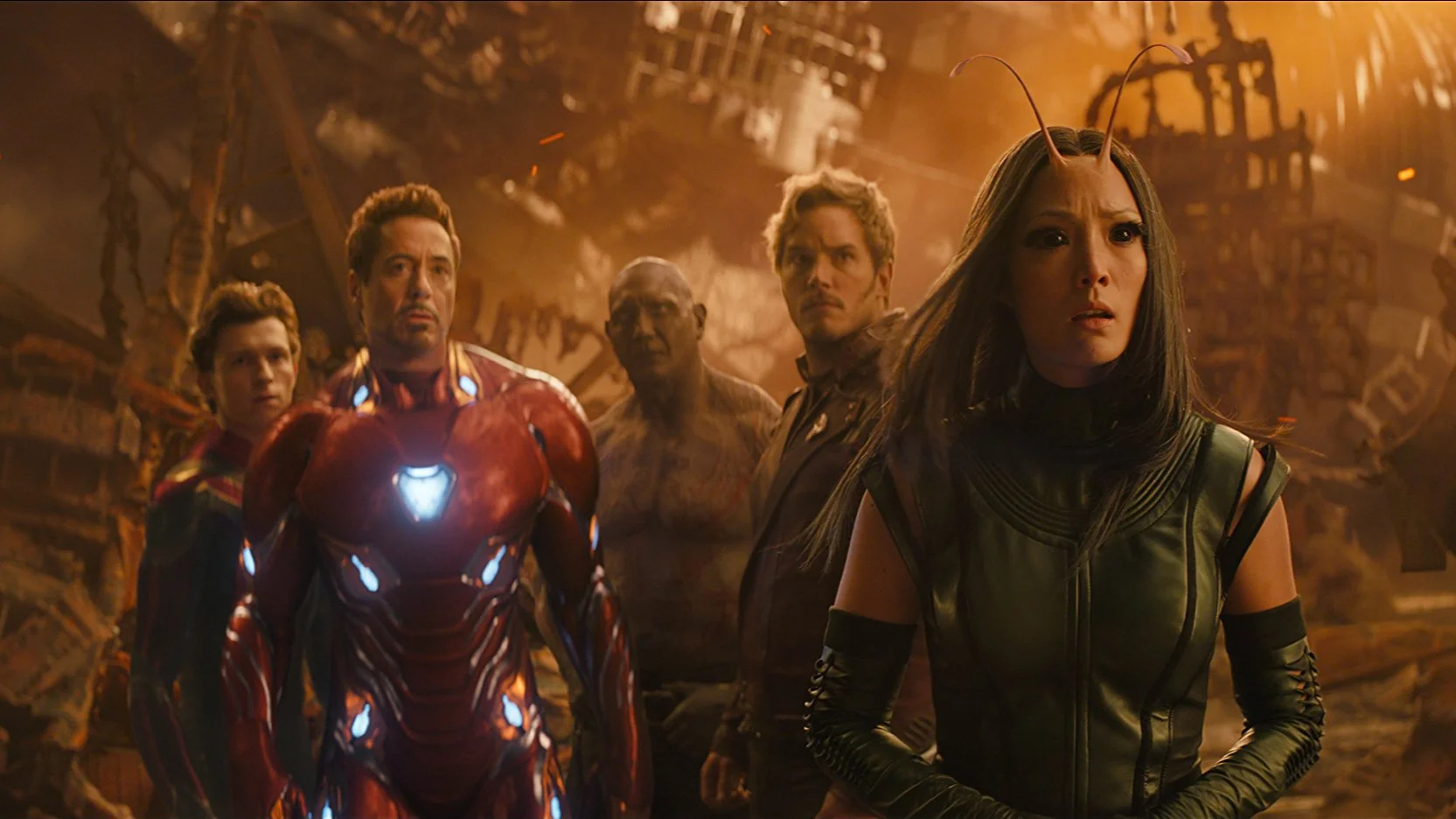The Gimmick of Female Superheroes
Wonder Woman
My little girl has been superhero obsessed ever since she could talk. It wasn’t something she got from me — I’m not particularly interested in the genre — but I first realized how much it meant to her when she got angry at me for suggesting Captain American could fly. It turned out, she was right. He can’t.
She was two at the time.
All my friends have little boys, and I eventually realized they were the ones responsible for introducing superheroes to my little girl, but she was the one who ran with it, developing a passion for these heroes that I couldn’t fully relate to. I embraced and encouraged her nonetheless.
When she was three, I allowed her to start watching select Marvel movies at home. All of them centered around male characters, with the occasional female in the background, but I never noticed that much. All I really cared about was how my daughter’s face seemed to light up whenever Spider-Man hit the screen.
Then, DC released Wonder Woman. And even though my daughter was only 4 years old, I knew it was a film we had to see together, so I bought her a costume, curled her hair, and took her to see the first big female-centered superhero film of her generation.
The amazement in her eyes as she watched that movie from start to finish, completely entranced, was magical. She even mimicked Wonder Woman’s moves during the fight scenes. As soon as we got home, I began searching for other female superheroes I could introduce her to.
As you might imagine, our options were limited.
When it came to the films she was familiar with, female superheroes seemed relegated to side characters. Scarlet Witch, Black Widow, and Gamora — each of these characters are apparently destined to serve the role of backup. While my daughter didn’t seem to notice or mind, I did, mostly because I saw how much it meant to her when Wonder Woman finally graced the big screen.
I also couldn’t help but feel like perhaps that was the point. Maybe, just maybe, DC jumped to Wonder Woman in order to beat Marvel at something. As grateful as I was for that movie, I couldn’t help but feel like Wonder Woman was more about earning DC credit for creating the first female-centered superhero film of this generation than about promoting actual representation.
In some ways, it was a win. DC took only four feature films to do what it took Marvel 21 movies to accomplish, with the eventual release of Captain Marvel, but that was one film of seven made so far, and of the additional seven currently planned only one more (the Wonder Woman sequel) will feature a female superhero front and center.
Avengers: Infinity War
It’s also worth noting that of the 27 characters leading the fight in Avengers: Infinity War, only 8 were female.
You can’t blame Marvel and DC completely. Their original source material of comics spanning over the last century presents a noted dearth of female characters. Out of 34,476 comic book characters in the Marvel and DC universes, only 26.7 percent are female, and only 12 percent of the superhero comics have female protagonists.
So, perhaps we should be excited that female superheroes are being given the chance to headline at all, except representation doesn’t feel like something we should have to be grateful for in 2019. It feels like something that should just be a given.
Unfortunately, even when that representation appears to be happening, it’s often positioned around a male character. When you apply the Bechdel Test to superhero movies, the results aren’t promising. For those who are unfamiliar, passing the Bechdel Test simply means a movie must:
have at least two female characters,
allow those characters to have at least one conversation, and
the conversation has to be about something other than a man.
It doesn’t seem like a lot to ask, but while DC may have been the first to release a female-centered superhero movie, only 40 percent of their films overall pass the Bechdel Test. Marvel does slightly better with 56 percent of their films passing, but, still, these aren’t numbers anyone should be excited about.
You might think it doesn’t matter, that it’s simply a win to have Wonder Woman and Captain Marvel headlining their own films, but it does matter, and we do need more than films created purely so that studios can wave their representation flag.
Research has found that when girls see themselves represented on-screen as superheroes, they feel more confident, brave and inspired. This is important, because girls as a whole report feeling less confident, brave and listened to than boys. The same research shows that the vast majority of the superhero-viewing audience (girls, boys and their parents) want to see more female superheroes.
Not just as side characters.
Not simply as backup.
And not only in one film for every ten or twenty that’s made.
Superhero lovers want to see characters in their films that represent the world they actually live in with just as many female superheroes as males and just as much diversity, as well.
Diversity is also important to keep in mind. So far, the only female superheroes my little girl and all superhero-obsessed kids like her have been given are Caucasian (or green, in the case of Gamora.) That’s not representation, it’s not diversity, and it’s not a reflection of the world these kids actually live in.
It’s time for superhero films to step up. They need to step up not only for pats on the back and award nods, but also for the kids who actually live for, and are the future of, these movies. They need to step up for the ones who deserve to see more of themselves represented in the superhero universes they adore.
Leah Campbell, a writer who has been lauded for her ability to pull people in with her words has experience composing articles on a variety of topics ranging from infertility, careers, parenting, relationships, adoption and overall health and wellness. Since publishing her first book, she has also found success working as a developmental editor for up and coming authors hoping to polish their work.


